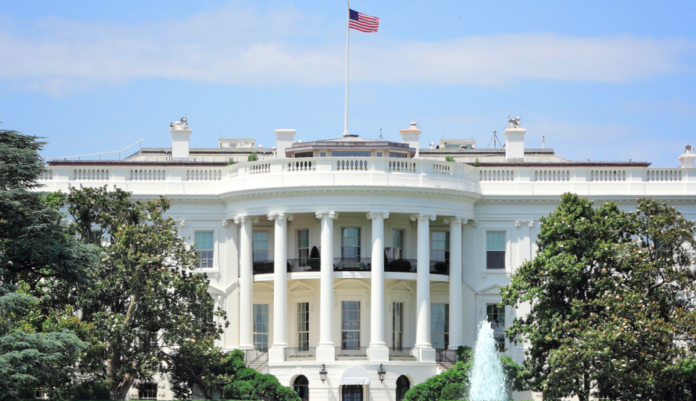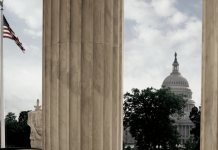
EXECUTIVE SUMMARY
By John D. Graham and Keith Belton
In his campaign for the US presidency, candidate Donald Trump advocated widespread deregulation of the US economy. It was a central plank of his national economic and energy plans, as outlined in major speeches in Detroit, Michigan (August 8, 2016) and Pittsburgh, Pennsylvania (September 22, 2016). He called for both a moratorium on new regulations and an explicit process whereby Cabinet departments would review existing regulations and repeal each one that was not necessary.
America’s 45th president, Donald Trump, has followed through with an aggressive program of deregulation. Operationally, deregulation has meant (1) slowing the flow of new federal regulations, (2) collaborating with Congress on the repeal or scaling back of selected existing regulations, and (3) using executive power to repeal or curb the scope and/or stringency of selected existing regulations.
But, intentions are one thing; actions are something different. Is the Trump administration actually accomplishing deregulation?
In this report, we assemble the best available evidence as to what the Trump administration has accomplished on deregulation during Donald Trump’s first two years in office. Our major findings are as follows.
- The flow of new regulations under the Donald Trump administration has been much smaller than observed during the Barack Obama and George W. Bush administrations.
- The Trump administration has been somewhat effective in working with Congress on legislative acts of deregulation.
- Progress toward reviewing and removing the huge body of existing regulations has been slow, though there are some completed deregulatory rulemakings.
- The Trump Administration has underway 514 deregulatory rulemakings on a wide range of issues at different federal agencies.
- There are early signs that Trump’s deregulatory agenda is being blocked or delayed by decisions in the federal judiciary.
- The Trump administration is undertaking several deregulatory actions related to climate change, but those actions are vulnerable to delay or reversal through judicial or legislative interventions.
- An unintended consequence of federal deregulation under Trump has been determined growth in some state and local regulations on some issues.
Taking as a given the Trump administration commitment to deregulation, we offer the following recommendations to enhance the effectiveness and durability of the agenda.
- The unfilled leadership posts at federal agencies should be lled by the Trump administration as soon as possible.
- When the Office of Management and Budget (OMB) reports the number of deregulatory and regulatory actions, the same types of actions should be counted on the regulatory and deregulatory sides of the ledger.
- New tools are needed to measure the impact of regulatory and deregulatory actions as to their impact on freedom.
- The foregone benefits of regulation need to be taken seriously in regulatory impact analyses, agency decision making and OMB communications about federal regulatory policy.
- The Trump administration should revise its climate rulemakings to make them less vulnerable to judicial reversal; given the changing composition of the Congress, it should also consider a legislative initiative on climate policy.
- When devising federal regulatory and deregulatory solutions, the Trump administration should take into account the prospects of future state and local regulations.
In assessing Trump’s record, we have not examined the economic, public health, social or environmental impacts of Trump’s deregulation agenda. us, we take no stance as to whether the agenda as a whole (or any specific deregulatory action) is good for the welfare of the United States or the world.
The audience for this report includes scholars of regulation, administrative law, and the presidency, think tanks and advocacy groups that focus on regulatory policy, stakeholders interested in regulatory policy, members of Congress and their staff, judges and law clerks who review regulations, political appointees and career civil servants in the federal executive branch, state and local officials, and reporters who cover regulation and the Trump administration.






